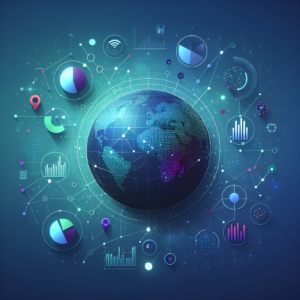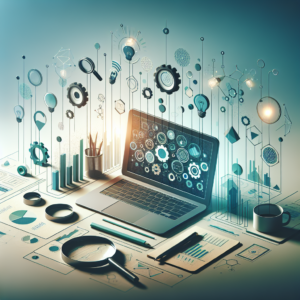Digital Twins: Revolutionizing Product Development
Welcome to the future of product development! 🌟 As we continue to embrace the digital age, innovative technologies are transforming the way we design, test, and manufacture products. One such groundbreaking technology is the concept of digital twins. But what exactly are digital twins, and how are they revolutionizing product development? Let’s dive in!
Table of Contents
1. What Are Digital Twins?
2. The Role of Digital Twins in Product Development
3. Benefits of Using Digital Twins
4. Real-World Applications
5. Conclusion
6. FAQs
What Are Digital Twins? 🤔
At its core, a digital twin is a virtual replica of a physical object or system. This digital model is used to simulate, analyze, and optimize the performance of its real-world counterpart. Imagine having a virtual clone of your product that allows you to experiment and innovate without the risks and costs associated with physical prototypes.
The Role of Digital Twins in Product Development 💡
Digital twins play a crucial role in product development by offering a dynamic platform for testing and refining products. Companies can use these models to run simulations under various conditions, identify potential flaws, and make data-driven decisions to enhance product quality. This approach not only accelerates development cycles but also significantly reduces costs.
Benefits of Using Digital Twins 🌟
Let’s explore some of the key benefits of integrating digital twins into product development:
1. Enhanced Efficiency
By allowing teams to test multiple scenarios virtually, digital twins streamline the development process, reducing the need for physical prototypes and extensive testing.
2. Improved Product Quality
With real-time data and predictive analytics, companies can anticipate issues and make necessary adjustments to improve the final product’s quality and performance.
3. Cost Reduction
Digital twins help in identifying potential failures early in the development phase, thereby saving costs related to physical testing, recalls, and rework.
4. Innovation and Customization
By experimenting with different designs and functionalities in a virtual environment, companies can innovate and customize products tailored to customer needs.
Real-World Applications 🌍
Digital twins are being used across various industries, from aerospace to healthcare. For instance, in the automotive industry, manufacturers use digital twins to test new car models under different driving conditions. In healthcare, digital twins of organs help in personalized medicine and surgical planning.
Conclusion
Digital twins are more than just a technological trend; they are a transformative force in product development. By offering a comprehensive, data-driven approach to design and testing, digital twins empower businesses to innovate faster, reduce costs, and deliver higher-quality products. As this technology continues to evolve, it’s exciting to imagine the endless possibilities it holds for the future of product development!
FAQs ❓
1. How do digital twins differ from traditional simulations?
Digital twins are dynamic and continuously updated with real-time data, whereas traditional simulations often rely on static models. This dynamic nature allows for more accurate and predictive analyses.
2. Can small businesses benefit from digital twins?
Absolutely! While initially more accessible to larger enterprises, advancements in technology are making digital twins increasingly available to small and medium-sized businesses, offering them the same benefits of efficiency and cost savings.
3. What skills are needed to work with digital twins?
Professionals working with digital twins typically require skills in data analysis, software engineering, and an understanding of the specific industry applications. Continuous learning and adaptation to new tools and technologies are also essential.
4. Are digital twins secure?
Security is a top priority when handling digital twins, as they involve sensitive data. Companies must implement robust cybersecurity measures to protect their digital assets from breaches and unauthorized access.
Thank you for joining us on this journey into the world of digital twins. Stay curious and keep innovating! 🚀










